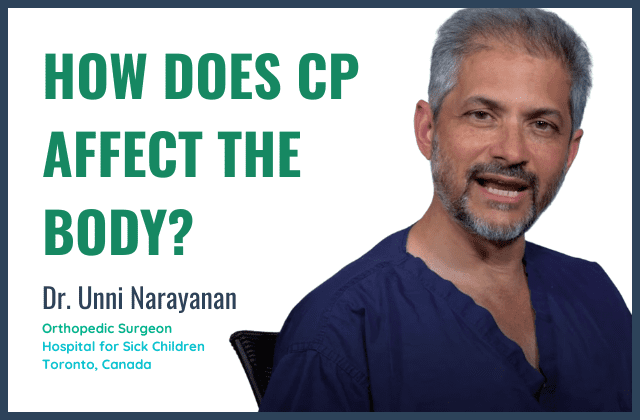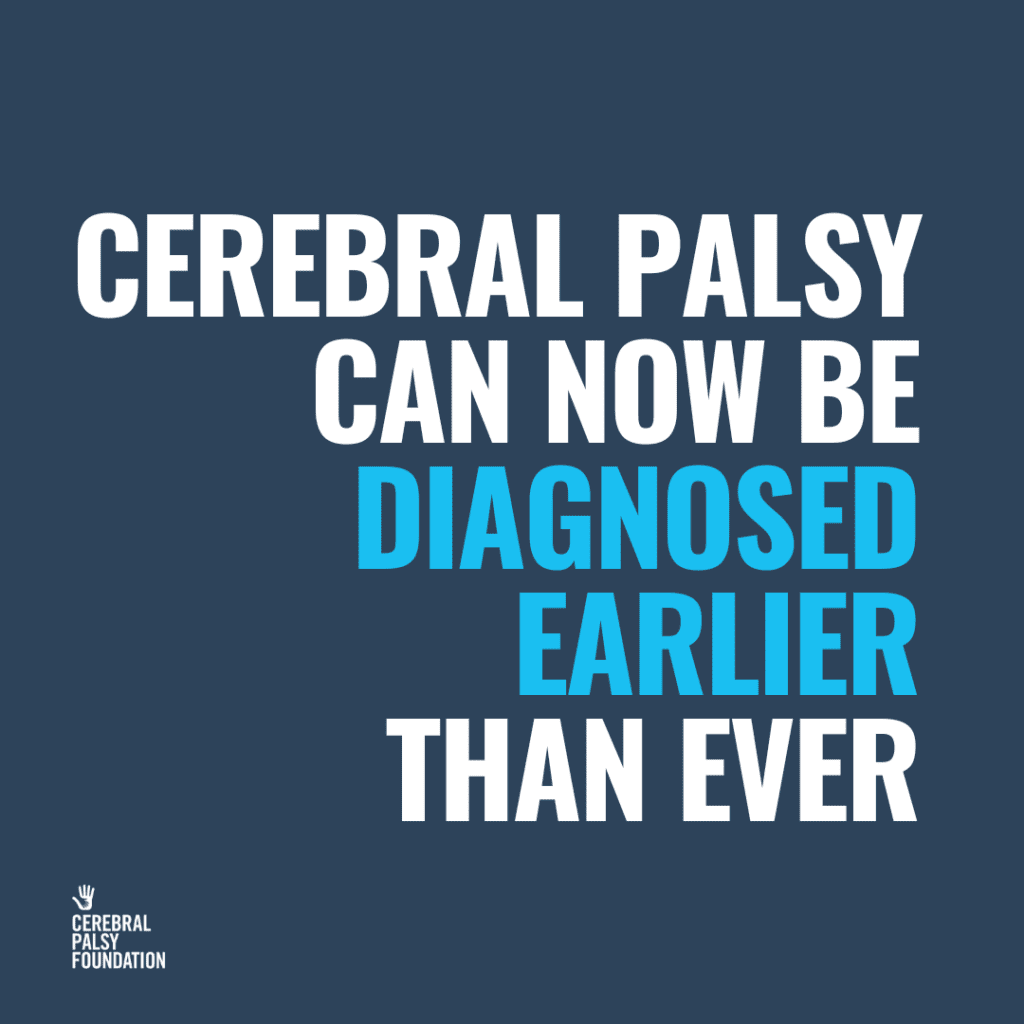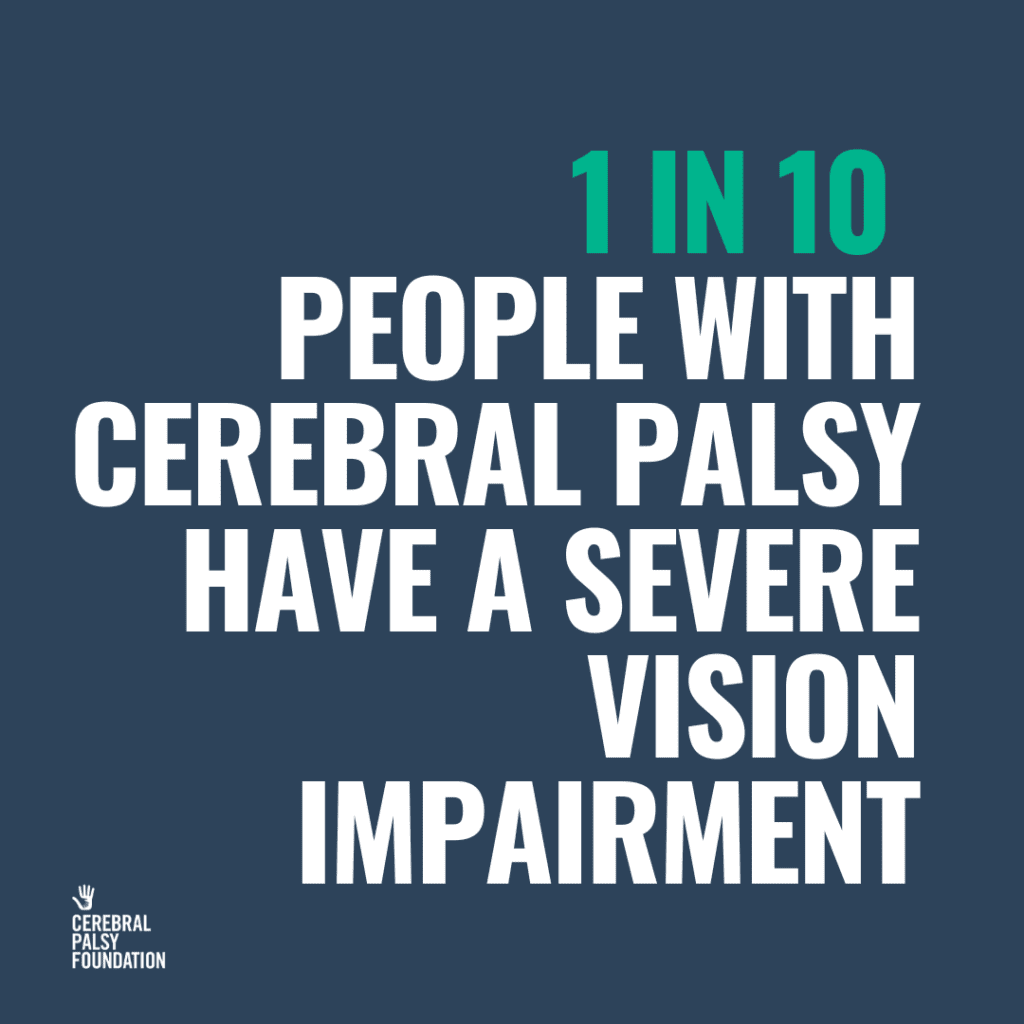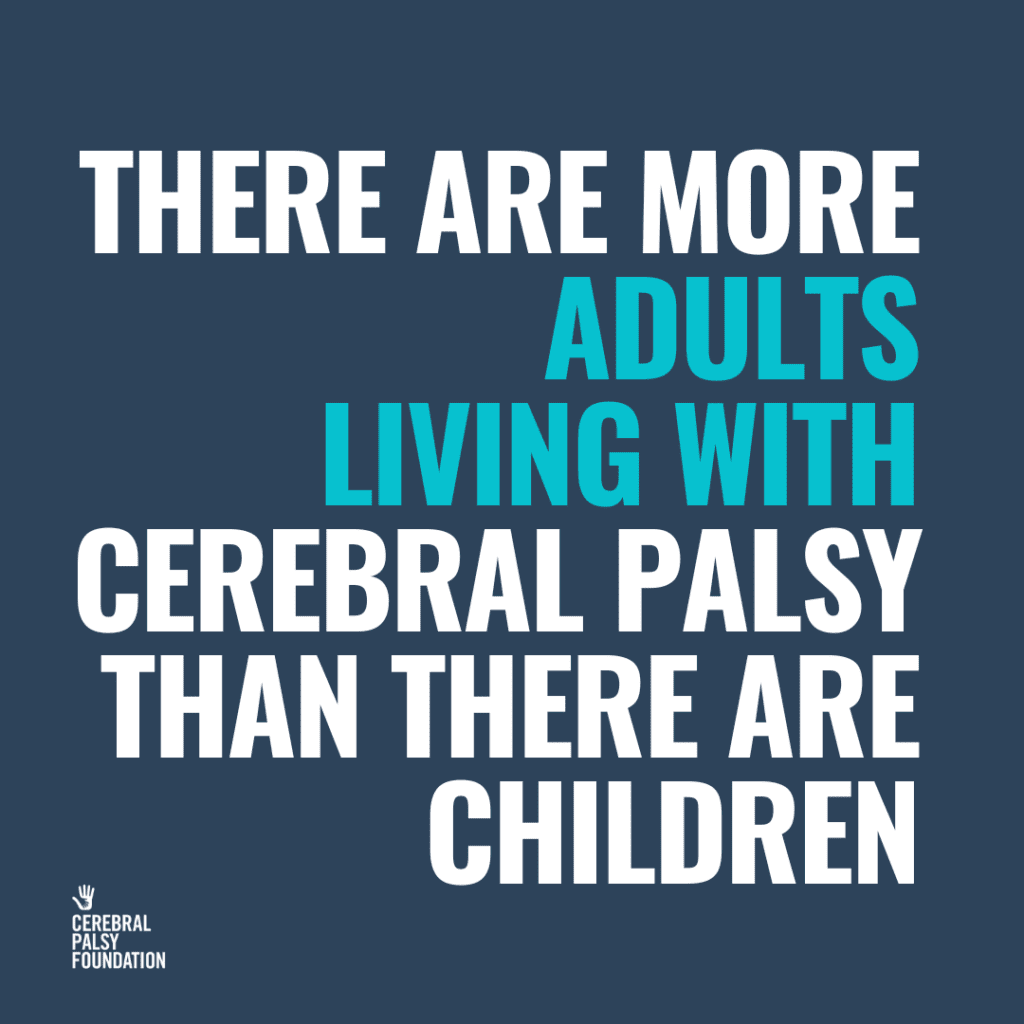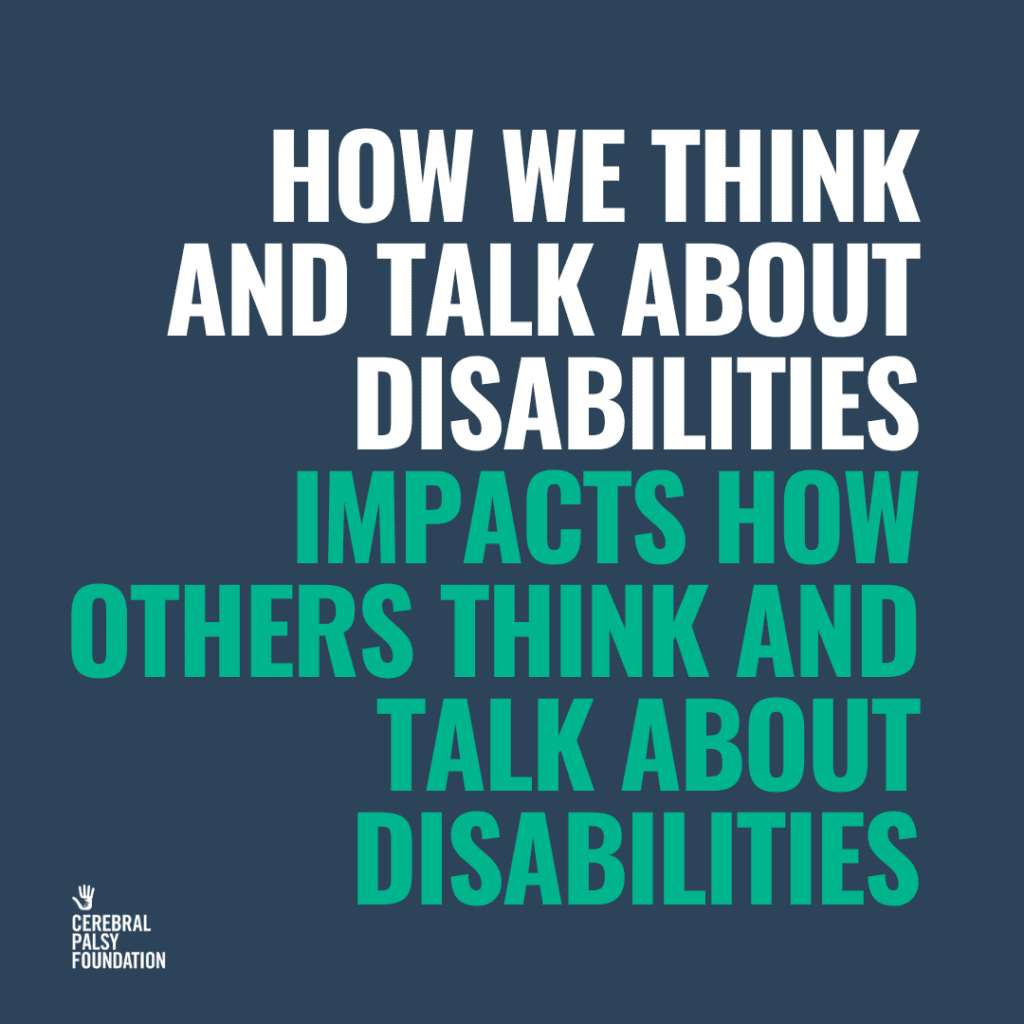
Understanding cerebral palsy
Cerebral Palsy (CP) is the most common lifelong motor impairment impacting more than 17,000,000 people around the world. CP is the result of damage to the developing brain and describes a group of movement disorders that affect a person’s ability to move and maintain balance and posture.
It’s important to also note that people with cerebral palsy can be at higher risk for vision and hearing issues, seizures, digestive problems, challenges with communication, sensory disorders, learning difficulties, scoliosis, chronic pain and mental health issues so it’s important to put together a care team who can help assess and evaluate these other considerations.
CEReBRAL:
means having to do with the brain.
PALSY:
means having to do with weakness or problems with using the muscles.
CP affects the part of the brain that controls muscle movements. CP is usually diagnosed in infancy or early childhood and is currently lifelong condition, although early detection and intervention can improve outcomes significantly.While in many cases the specific causes of CP may be unknown, changes in blood flow, maternal infections, intrauterine stroke, injury or genetics may play a role. As a result, a person who has CP may not move in a typical way. Doctors have a growing understanding of the risk factors for CP, however there is still much we have to learn about why some babies develop CP and others do not. There are many babies who share similar risk factors yet develop very differently. The reasons for this are still not entirely clear and more research is needed.
HOW CEREBRAL PALSY IMPACTS THE BODY

motor types of cerebral palsY
The way CP impacts coordination, balance and movement have names like Spasticity (stiffness), Hypotonia (low tone), Dystonia (fluctuating tone), Athetosis and Chorea (extra, abnormal movements). These motor challenges can create lifelong and progressive changes for a person with CP even though the initial brain injury is not progressive. Motor challenges can range from minimal to profound, depending on the individual – ranging from weakness in one hand, to an almost complete lack of voluntary movement in all four limbs. Spastic cerebral palsy is the most common presentation of cerebral palsy.

What is Cerebral palsy?
With Dr. Peter Rosenbaum
Developmental Pediatrician at McMaster University, Canada.
HOW DOES CEREBRAL PALSY AFFECT THE BODY?
With Dr. Unni Narayanan
Orthopedic Surgeon at the Hospital for Sick Children in Toronto, Canada.
